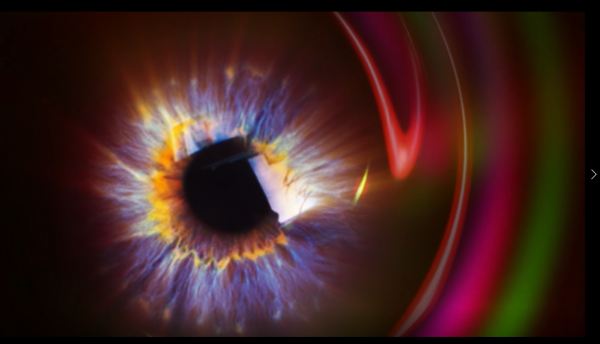Cells: live stream
All those who long to see the smallest organic structures live at work – rejoice! A team of Polish scientists led by professor Maciej Wojtkowski has invented innovative methods that enable just this. Using near-infrared, namely the light waves used formerly in the TV remotes, researchers managed to get images of life, working and communicating cells, so sharp no one had ever dreamed of before.
Near-infrared means waves that are still not so well absorbed by water and at the same time not so scattered e.g. by the skin as the visible light. Even in such dense tissues like skin or brain, they reach quite far: 1 - 2 mm below the surface. Unimpressive? “For now to see sharp images of individual cells 1-2 mm below the surface of the skin has been unattainable. Except, of course, for our team” explains prof. Wojtkowski with a smile. “And these limits are being pushed every couple of years or so. I think we will reach 3 to 4 millimeters; the rest can be done with appropriate specula. Or with other wavelengths” he adds.
The success of the Polish team stems from the very unconventional approach to the source of waves as such, i.e. light. “Most of of the microscopic techniques known and used nowadays, even the most sophisticated ones, take advantage only of half of the available information. The half carried by energy, in other words: by the brightness of light” explains prof. Wojtkowski. “We’ve tried to capture also the half-carried by phase – the spreading of light in time and space. Thanks to our methods it is possible to use both types of information and check, how the elements of the light beam ‘talk to each other’”.
Seems easy? But how to do it? The starting point is always a coherent beam of light: same phase, the same wavelength, same intensity. Such beams can be only generated by lasers. However, their coherence can be a flaw as well as a virtue. Because as it reaches a complicated surface of tissue the light beam start to reflect and every single piece of information begins to overlap with others up to the point of illegibility. We see only what is called a visual noise.
Solution? Make the beam a little less perfect. Divide it into a million or so (the more, the better) individual light beams and control each of them individually, by attributing to the different phases and then to change those phases dynamically so individual beams could not “get used to it”. Is it difficult? Prof. Wojtkowski claims it is not. “You just have to disassemble any projector and take out the main element thanks to which we see the images. Usually, the resolution is high enough for us to control each and every one of these millions of individual beams.” All this to fish for those light beams that found the optimum angle of passage through the examined object. Their images are sharpest. At the end you have to put all those “good” images together. The rest – blurred/disturbed – can be cut out by a computer, using special calculation techniques. And according to prof. Wojtkowski, computers are scientist’s best friends. “They do about 70% of the work. Only we have first to tell them, what to do, and feed them with data to be processed. Standard graphic programs will not do the job. We have to invent and write algorithms ourselves” explains the researcher.
And what about 3D? Here the colors (or wavelengths) are what counts, and they need to be changed appropriately, but the Polish team is also good at it.
Their works have been published in prestigious scientific journals of the Optical Society of America, but our experts do not rest on their laurels. They intend to elaborate their techniques so as to be able to see the depths of a human eye or mouse brain “without invasive sample taking, killing, cutting, freezing, etc… without sacrificing, let’s say a thousand mice, to visualize the natural course of a given disease” says the professor. “We would like to peek into a living, working retina. We are most interested in what’s inaccessible for now: its deep layers: RPE (retinal pigment epithelium), choroid, sclera,… After all, an eye is still the best-known view into the brain” he adds.
The solution seems to be combining the two methods elaborated by the team because each of them eliminates the different types of interference. “We could get super-sharp images; practically without visual noise, in 3D and precise enough to see – with appropriate magnification – details of a single cell, i.e. below 1 micrometer. However “it’s not what we are really interested in” clarifies prof. Wojtkowski. “We’d prefer to see (without sacrificing small details) how cells interact with each other, visualize how they behave.”
Thanks to the work of the IPC PAS team we’re able to better see anatomical details and to analyze how tissues work and how different processes progress in living organisms, without the need to kill objects of research or even to anesthetize them. What will we discover with such a powerful imagining tool? The possibilities seem limitless.



